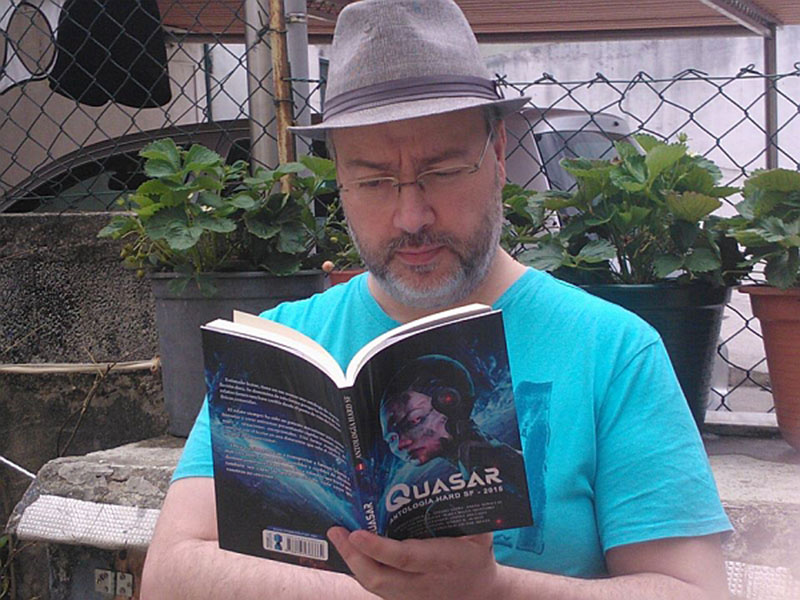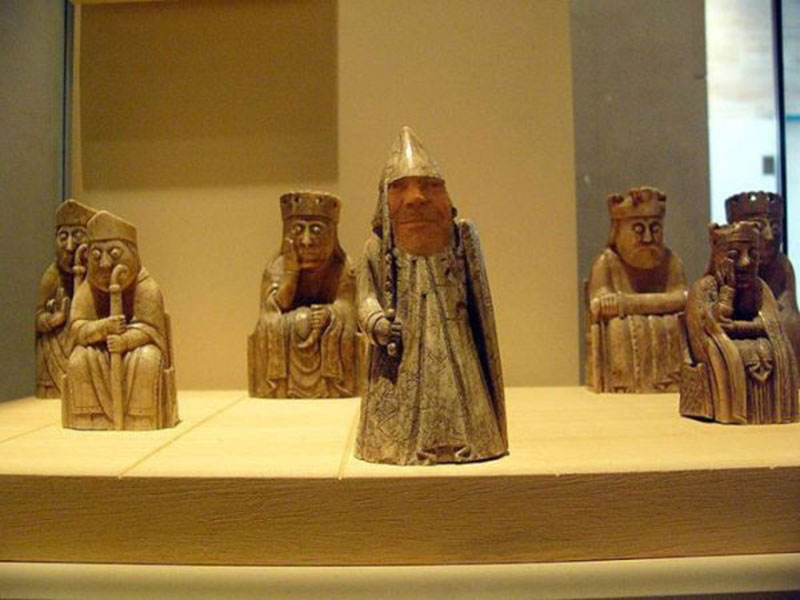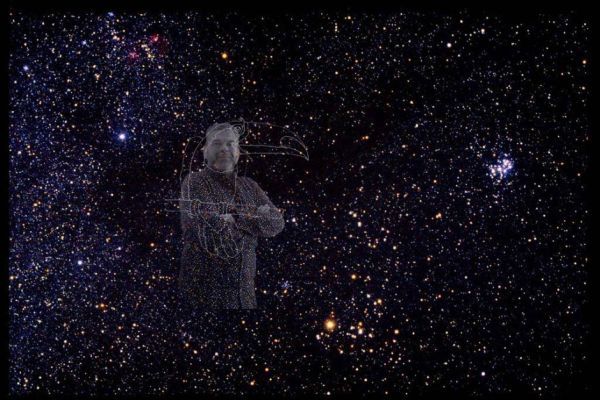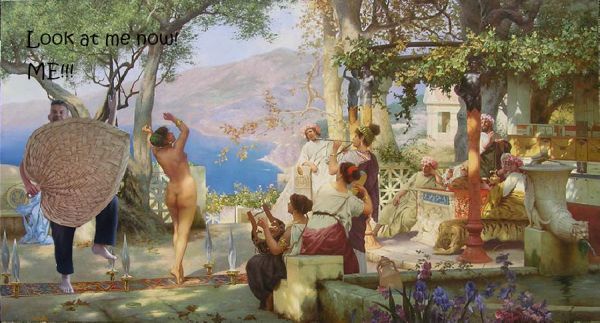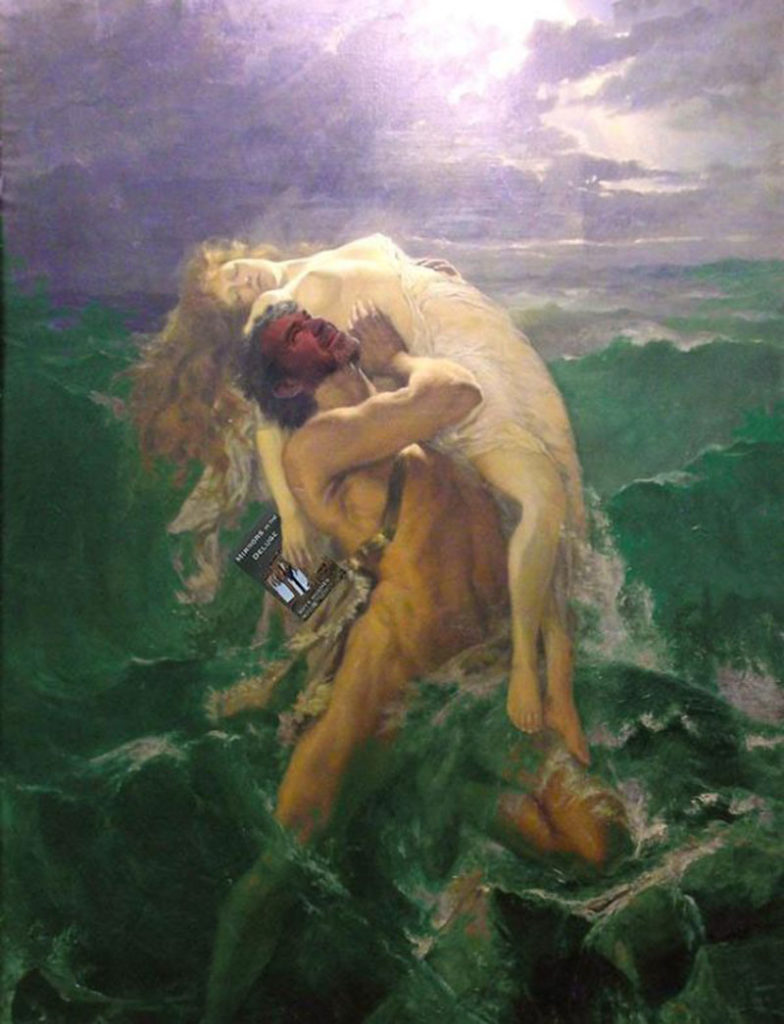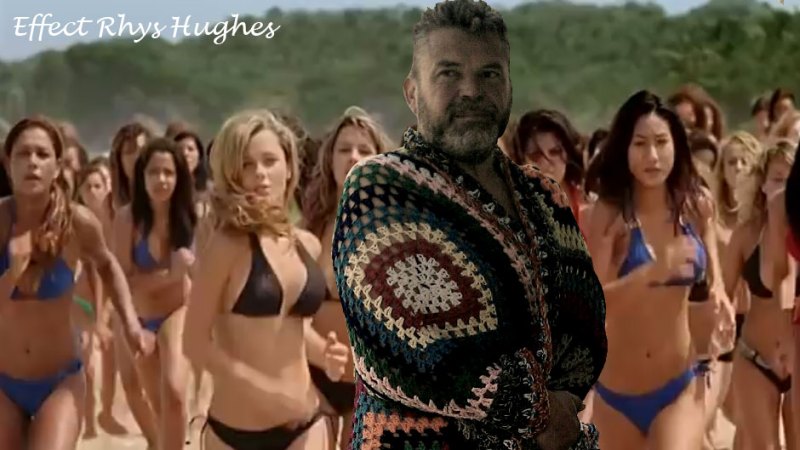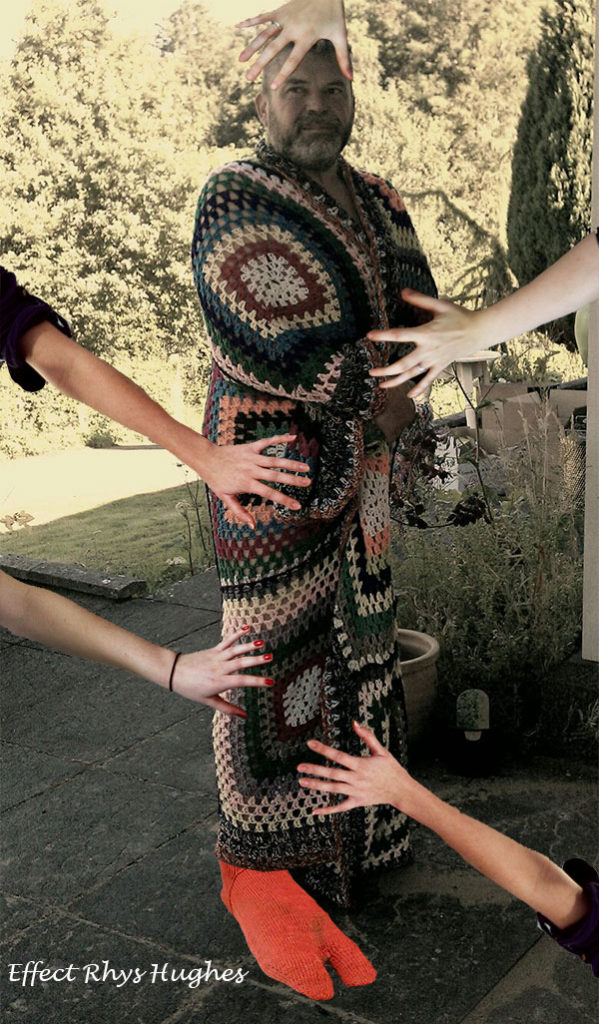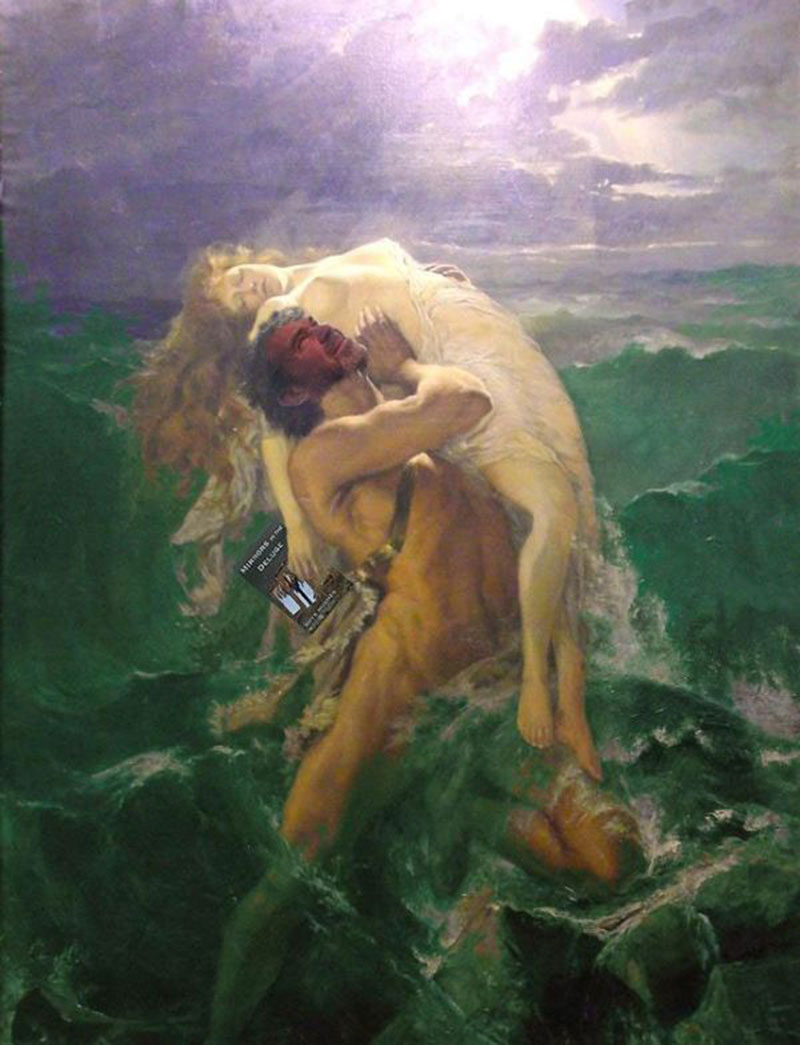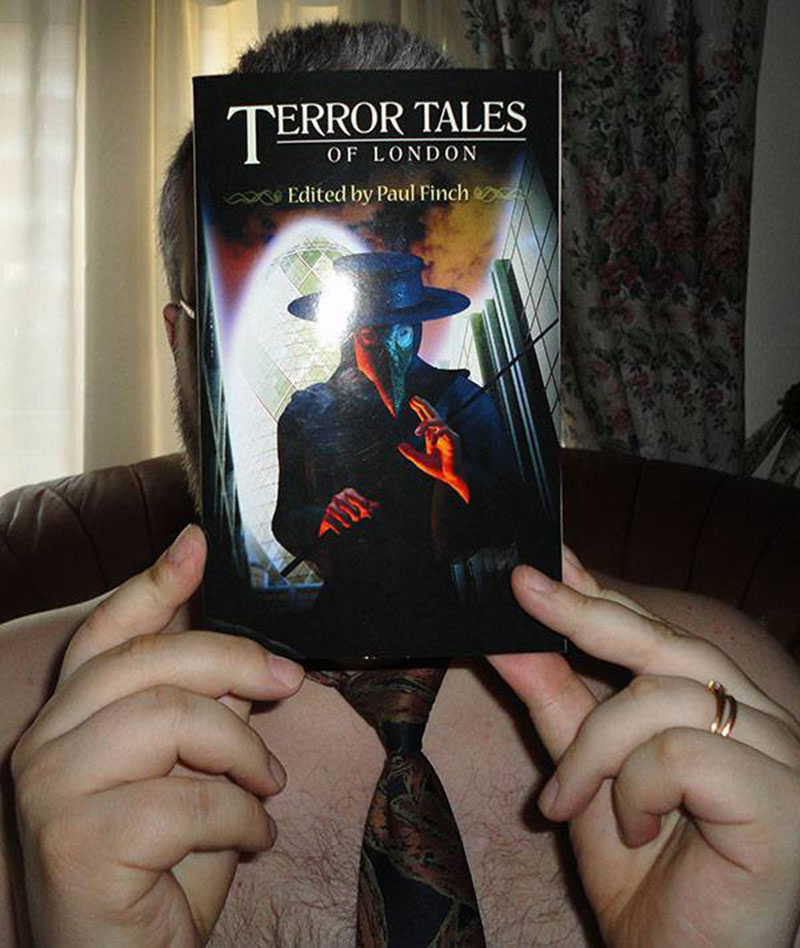an itinerant interview to timothy jarvis
After reading the story Nae Greeance o’ Bane I need to read more words written by Timothy Jarvis so I have bought The Wanderer and I can just say for now that it is an unmatched brilliance.
About Nae Greeance o’ Bane:
I was absolutely gripped during the entire story. Nae Greeance o’ Bane by Tim Jarvis is scary, claustrophobic and even funny. I loved the pacing of this story and the way Tim Jarvis creates a bizarre situation. If it were a movie, I would say that the CGI effects were the best and that the characters of Jeff and Tommy well developed.
You have to read this story. You won’t believe how good it is.
1. Do you have a specific writing style?
I’ve used the word ‘antic’ to refer to the way I write. Antic, which combines a sense of the grotesque with the bizarre and has overtones of the archaic, seems to me to go against consistency and seriousness of tone. A dark mood and a kind of unity of affect is often prized in modern Gothic and horror writing. I’d relate this, to go back to one of the roots of modern genre, to what Edgar Allan Poe called his ‘Arabesque’ side. But I’ve always found Poe’s ‘grotesque’ or impish and darkly humorous mode just as, and possibly even more, compelling. I particularly like how, in his strange puzzle of a novel, The Narrative of Arthur Gordon Pym, he veers jarringly between these opposed atmospheres. In my own work, I try to shift abruptly from cloying sentiment, to excessive gore, from eldritch horror to comic absurdity.
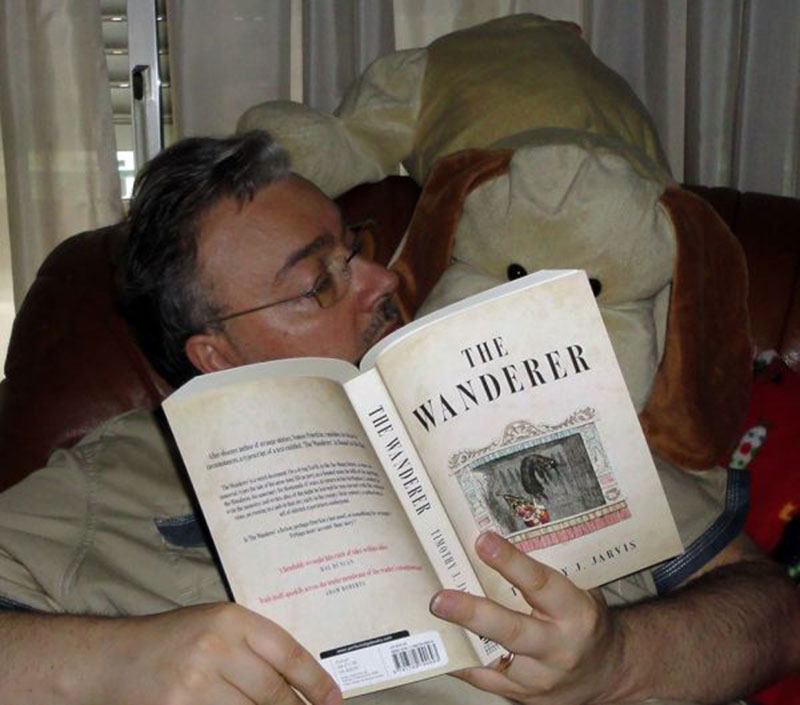
the wanderer
I also use found manuscripts, frame narratives, and stories within stories in my work, because I want them to seep out and contaminate the world in which the reader reads, not be closed fantasies. I feel more of an affinity to the disorienting involutions of a labyrinthine narrative, than I do to strong, neat plotting, and I hope to stretch readers’ comprehension and test their patience as much as possible.
2. What books have most influenced your life?
As a child I read Alan Garner’s The Weirdstone of Brisingamen and The Moon of Gomrath, and was immediately struck by them. They’re so different from other children’s fantasies, there’s bleakness to them, a sense of real peril, a narrative complexity and also a profound engagement with the land, Alderly Edge in Cheshire, and its lore – the books are not a motley mix of different mythologies, but a sustained and powerful engagement with British folktale. Their sense that the fantastic is not hermetic, sealed off from the ‘real’ world, has been a profound influence on my thinking and writing. In 2012, Garner finished his trilogy with a final volume, Boneland, which portrays one of the children of the earlier books, now a grown man dislocated and disturbed, still dealing with the trauma of his encounter with the fantastic, which he has erased from his memory, but which still marks him in horrible ways. But that atmosphere is already there in the earlier books, and in Garner’s other novels from the 1960s, Elidor and The Owl Service, and it is an atmosphere that profoundly shaped my thinking growing up.
3. If you had to choose, which writer would you consider a mentor?
I’d written some tales of adventure when I was young, but didn’t think of myself as a writer, or consider that it was something I wanted to do, till I was in my early twenties. Three writers, whose work I was reading obsessively at that time, had a profound influence on the way my inchoate fiction developed: Angela Carter, whose exhilarating formal inventiveness and transmutative, yet grounded, fantastic, I still attempt to ape; M. John Harrison, whose bleak, cruel, and dreary otherworlds in the Viriconium sequence, and the novel The Course of the Heart, were a huge influence on me, and whose thoughtful poetics, expressed on his blog and in essays, continues to inspire me; and Jorge Luis Borges, whose stories, especially those in which the unreal is found at the heart of the ‘real’, I found, and still find, have a powerful hold over me.
4. What are your current projects?
I’m currently working on a portmanteau novel which tells of London falling into decay and dissolution, and of the discovery of a series of manuscripts that relate stories of city’s tutelary daemons. Another strand details the life and death of a Belgian decadent poet during the siege of Paris in 1870. These two strands are bound up together by the idea that the crises in the cities are related to the decline of their daemons.
5. How much research do you do?
I don’t, as a general rule, do much specific research; I mostly read fiction, and steep myself in the atmosphere of various stories. But I do read up on a historical period if a narrative calls for it – I think it especially important for writers of the uncanny to get details right, seed the text with believable realistic elements that jar with the fantastic parts of the narrative. And I also tend to write about places I know and to walk them before writing; my practice is not psychogeographical, though, I’m not wearing down through layers of the landscape’s palimpsest with my tramping, but seeking the kind of epiphany that is to be found in the work of Arthur Machen, when a sudden transfiguring vision is had when walking through a well-known cemetery, or looking into the mouth a familiar alley.
6. Do you write full-time or part-time?
I only write part-time (and sometimes very part-time), but I’m lucky enough that my day job is to teach Creative Writing to undergraduate students, so I’m most of the time immersed in a creative environment.
7. Where do your ideas come from?
I do a lot of free writing, writing in which my conscious mind is as little involved as possible, in an attempt to dredge stuff up from the murk of my unconscious mind. I often do this to a prompt, a line of text from another book, or an image, something of that nature. I’ll then assemble some of these fragments, throw in some other disparate things that have interested me in some way, things I’ve seen, snippets of conversation I’ve overheard, things I’ve been told, images I’ve found, and things I’ve read from both fiction and non-fiction. And then I’ll force myself to come up with ways of linking together what is usually a fairly incongruous set. I can’t come up with ideas for my fiction deliberately, consciously, so I rely on tricks like this that force my unconscious to work. When it’s going well, I sometimes feel I’m tapping into some collective cultural pool of oneiric imagery, or working some kind of transmutative alchemy.
There are two key texts behind my way of writing. The first is Raymond Roussell’s posthumously published essay, ‘How I Wrote Certain of My Books’. In this essay, Roussell partially anatomizes his idiosyncratic poetics. He describes a technique he used to generate narrative content which consisted of the manipulation of homonyms, similar sounding words. He’d take a trite phrase such as a cliché or an advertising slogan, then come up with another phrase that sounded similar, but which had a different meaning. He’d then force himself to work the meaning of the second phrase into his narrative, no matter how odd it was. And this was just an early level of his method – later stages, which he declines to discuss in the essay, were presumably even stranger. While I don’t use a method as individual or as demanding as Roussell’s, the spirit of his process has influenced mine.
The second text is Gilles Deleuze’s late essay of 1993, ‘Literature and Life’. In it, Deleuze writes, ‘The writer returns from what he has seen and heard with bloodshot eyes and pierced eardrums.’ This is an important notion for me, the idea that writing is a risky endeavour, that it involves plumbing the depths in some way.
8. How can readers discover more about you and you work?
I’ve a couple of blogs: timothyjjarvis.wordpress.com, which contains information about me as a writer, some musings, and a soundtrack for my novel, The Wanderer; and treatisesondust.wordpress.com, which is a collection of antic texts I’ve found. I’m pretty poor at updating these, but I can also be found on Twitter, @TimothyJJarvis.



